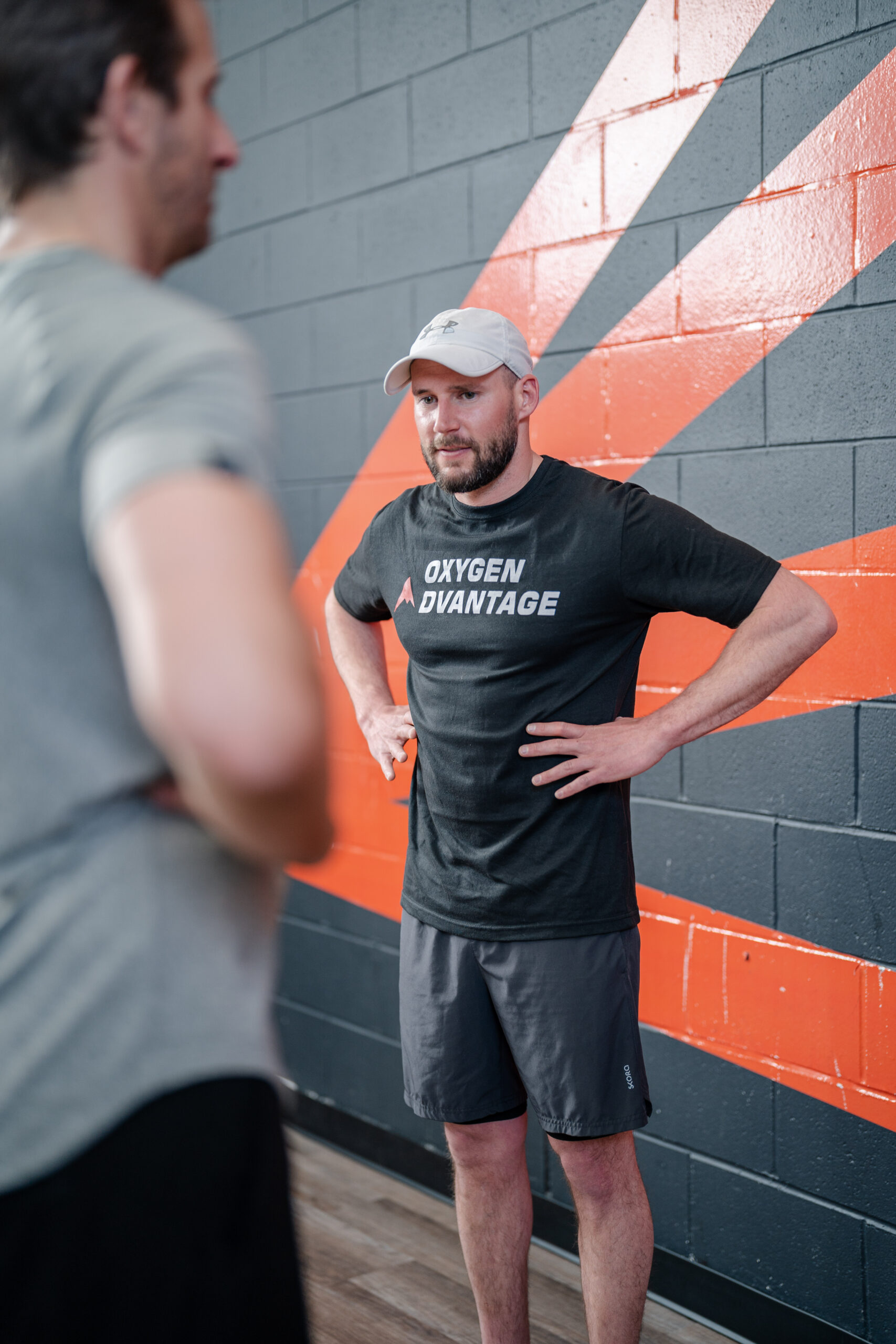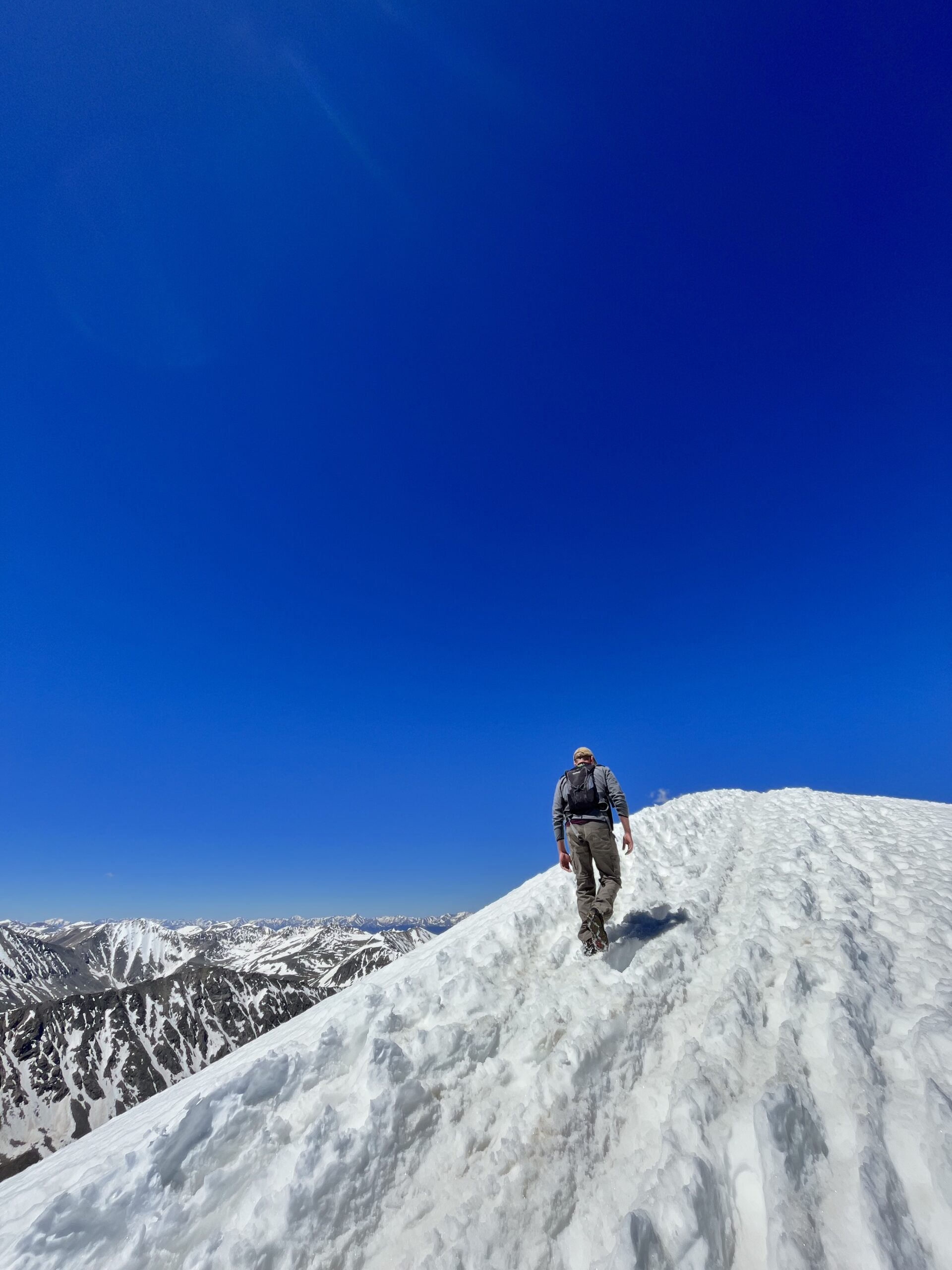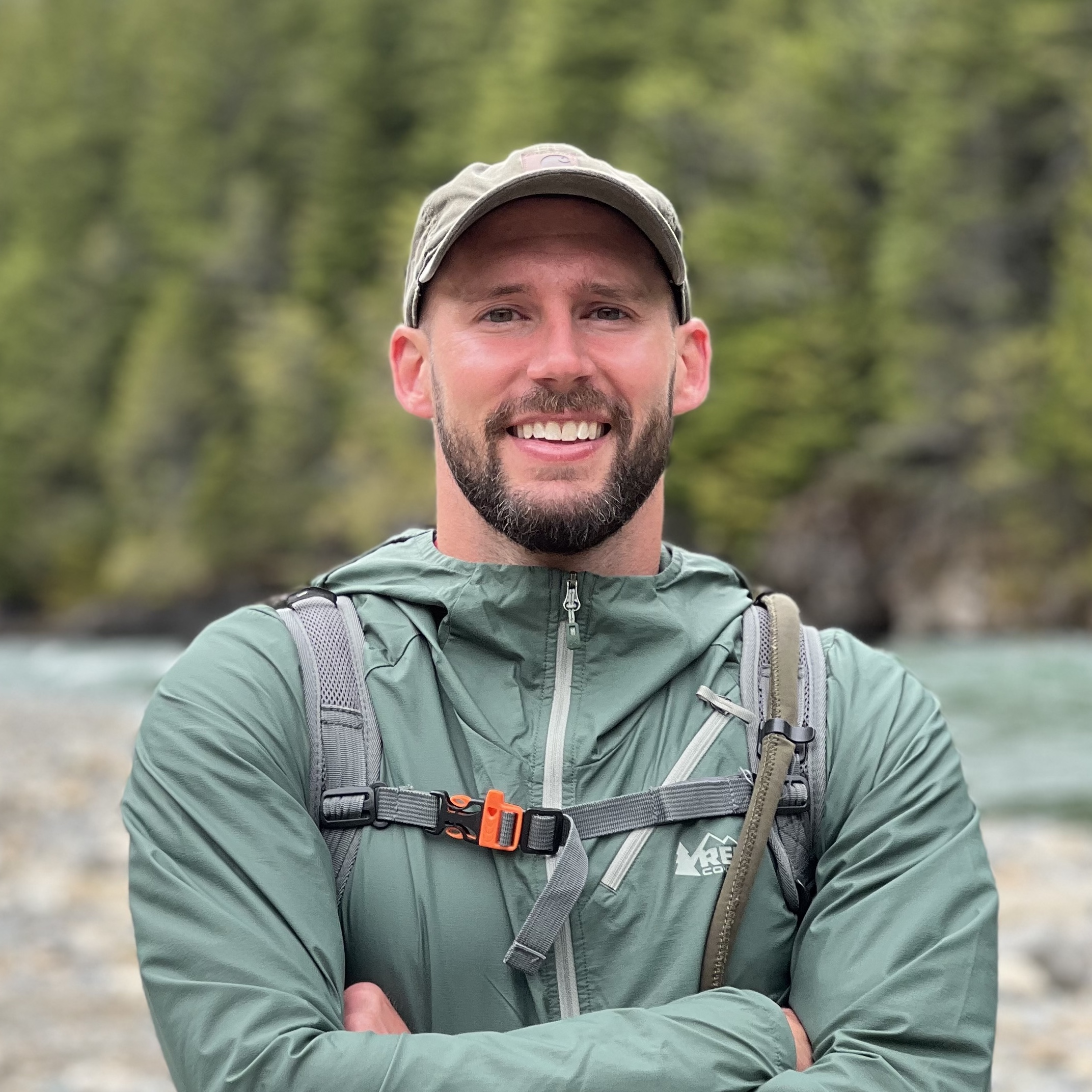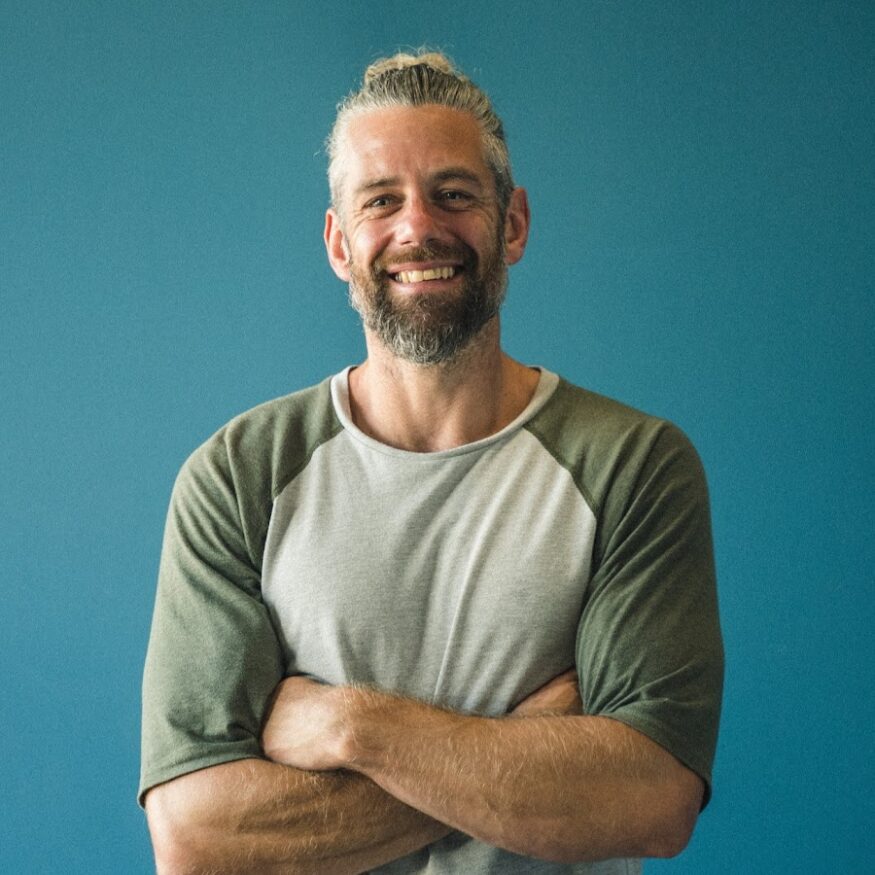High Altitude Breathwork Training
Don't let the altitude be a setback on your upcoming adventure.
Work with a Coach to Master the Altitude
Equip yourself with the physical and mental preparations needed for your high-altitude adventure. Using science-based and research-backed techniques, our 5-week personal coaching program — provided in both virtual or in-person format (location dependent) — is specifically designed to get you ready for the altitude.
Whether you’re trekking to Kilimanjaro or Machu Picchu, or attempting to summit your first mountain, we want to ensure that you are prepared.
Are you ready to train for the altitude?
Complete the form below, and we'll reach out.

“The breathwork training was a game-changer for my trip to Nepal. I never at anytime had an issue with breathing, oxygen saturation levels, or mental acuity. I have since incorporated more breathwork into my own fitness training back home.
Thanks to Anthony and Recal for showing me the path.“
— Chris M, Owner, No Quit Fit – Outdoor Fitness Training, Minnesota USA
Why Breathwork for High Altitude?

Three Reasons:
Improving your breathing efficiency is critically important to prevent severe hypoxia (low oxygen) at altitude; your goal will be to maintain a slow breathing rate while at altitude.
Study: Effects of Slow Breathing at High Altitude on Oxygen Saturation.
In the study (link above), blood oxygen saturation at high altitude increased from a severe level of hypoxia at 80.2 percent to 89.5 percent (Milo, G., et al 2012) as a result of maintaining deep, slow breathing.
Your training will include breath protocols designed to increase your carbon dioxide tolerance and improve your breathing mechanics.
Your training will be designed to simulate high altitude, i.e. a combination in your body of hypoxia (low oxygen) and hypercapnia (high carbon dioxide).
Hypoxic training has been shown to increase production of EPO (erythropoietin) in your kidneys, which stimulates the creation of red blood cells. Studies, including the European Journal of Applied Physiology 2008 have shown that EPO concentration increases during hypoxic breathwork training.
A strong CO2 tolerance is required so that your body can maintain a slower breathing rate. And thus, by the Bohr Effect, maintain a lower blood pH and increase the efficiency of delivery of oxygen to muscle tissues by the hemoglobin in your red blood cells.
Due to the thinner air at altitude, your respiratory muscles will have to work harder to get air into your lungs — i.e. you must pull in the air due to the lower pressure outside vs inside the lungs. Therefore, we focus on strength training exercises, primarily for the diaphragm, with a secondary focus on intercostal muscles.
An important device we use in the training is the Oxygen Advantage SportsMask. Purchase by the trainee is recommended, but not required. Note: if you use the link included, Recal will get a small affiliate commission.
Coaches

Anthony Lorubbio
Anthony, the founder of Recal, is a certified coach under the Wim Hof Method, Oxygen Advantage, and Peak Flow. He's put breath training protocols to the test in personal experience -- the latest being the ‘Sea Level to 14er’ Breath Challenge where he went straight from sea level to climbing a 14er (~4,300m) peak using only breathwork exercises to adapt his body to the altitude -- the same ones we teach here in your training.

David "Jacko" Jackson
Jacko is a Master Instructor with the Oxygen Advantage. A former professional rugby player, he now works with clients ranging from fitness and sports enthusiasts looking to improve their physical performance, to individuals with high levels of stress and anxiety. Personally, Jacko has completed many breathwork-driven endurance events, including Snowdon 24 and a 216km Ultra Nasal Marathon (filmed for the documentary Between Breaths).
Immediate Results
Improved Breathing Efficiency
→
Your goal is to maintain a slow breathing rate while at altitude. The training will include breath protocols designed to enable you to do just that, while also improving your overall breathing mechanics.
Physiological Adaptations in your Body
→
Your training will be designed to simulate high altitude, i.e. a combination of hypoxic (low O2) and hypercapnic (high CO2) breathing exercises.
Hypoxic training has been shown to release EPO (erythropoietin) which produces more red blood cells. Hypercapnic training builds CO2 tolerance, which, by the Bohr Effect, increases oxygen delivery to muscle tissues.
Increased Respiratory Muscle Strength
→
Due to the thinner air at altitude, your respiratory muscles will have to work harder to get air into your lungs — i.e. you must pull in the air due to the lower pressure outside vs inside the lungs.
Therefore, we focus on strength training exercises, primarily for the diaphragm, with a secondary focus on intercostal muscles.
Long Term Benefits
Increased Emotional Intelligence
→
The breathing protocols have been used for years to simulate stress and provoking your innate response to it.
As you will come to find, the training will effectively make you a more stress-aware, mindful, and emotionally intelligent human.
Improved Sleep Quality
→
The breathing protocols have been used for years to simulate stress and provoking your innate response to it.
As you will come to find, the training will effectively make you a more stress-aware, mindful, and emotionally intelligent human.
Increased Lung Capacity
→
The breathing protocols have been used for years to simulate stress and provoking your innate response to it.
As you will come to find, the training will effectively make you a more stress-aware, mindful, and emotionally intelligent human.
Reduced Stress and Anxiety
→
The breathing protocols have been used for years to simulate stress and provoking your innate response to it.
As you will come to find, the training will effectively make you a more stress-aware, mindful, and emotionally intelligent human.
Increased Endurance
→
The breathing protocols have been used for years to simulate stress and provoking your innate response to it.
As you will come to find, the training will effectively make you a more stress-aware, mindful, and emotionally intelligent human.
Reduced Oxidative (Exercise-induced) Stress
→
The breathing protocols have been used for years to simulate stress and provoking your innate response to it.
As you will come to find, the training will effectively make you a more stress-aware, mindful, and emotionally intelligent human.




